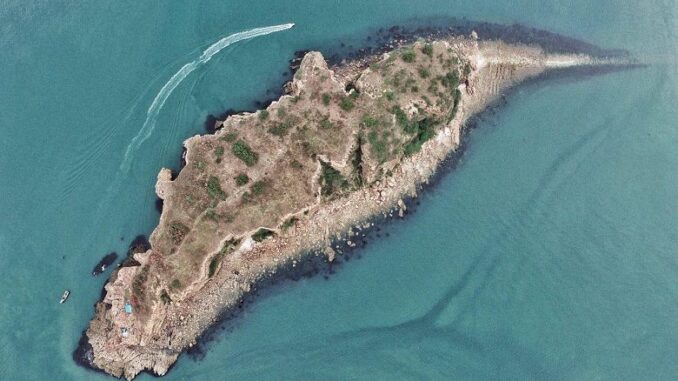
China has begun protecting and re-establishing its oyster reefs, one of the world’s most endangered marine habitats, but challenges remain.
Naturally formed oyster reefs face a precarious existence, with around 85% of them having disappeared globally. China is no exception, and while the country has established special protected areas and rolled out restoration efforts for these reefs, results to date have been limited.
Human factors, including overfishing, pollution and pollution-induced diseases, modification of coastal areas, has led to the depletion, and, in some cases, disappearance of natural oyster reefs.
Oysters can only survive within certain thresholds of salinity, temperature, sand content and acidity. Water depth, tidal levels and sea-current speed all influence how they attach, and how reefs form. Ocean warming and acidification related to climate change harm the health of oyster reefs, and land-based sewage discharges cause further damage.
To protect oyster reefs, then, the priority is limiting nearby human activity and keeping threats at bay.
With this in mind, China has since 2006 established two national protected areas dedicated to oyster reef conservation. One encompasses the tidal island of Liyashan in Haimen, Jiangsu province, and the other is the Dashentang coast in Tianjin. Both had an abundance of natural oyster reef resources about 20 years ago, before they were damaged by natural and human causes.
Development in both locations has been tightly restricted by the government since the protected areas were set up, and programmes for restoration and long-term monitoring are underway.
Conserving the reefs brings practical challenges. Constraints on funding, staffing numbers and natural resource management skills pose problems for the protected areas, as Quan Weimin, a Chinese Academy of Fishery Sciences scholar who has spearheaded multiple oyster reef protection and restoration projects in China, has noted.
Conserving oyster reefs is extremely challenging, and restoration is not a simple matter. In most cases, artificial reconstruction and oyster restocking have been the main approaches.
China has been accumulating experience in this area for over a decade. Aside from carrying out restoration works in the two protected areas, researchers are exploring possible projects in the estuaries, bays and harbours of coastal cities including Tangshan, Dongying, Weifang and Taizhou.
Restoration projects don’t just aim at rebuilding reefs or increasing oyster populations. Some larger-scale projects are geared toward restoring the vitality and diversity of coasts. Their success often depends on making the most of oyster reefs’ ecosystem services.
For example, in 2021, China launched a plan for the country’s first land–sea integrated national park, the Yellow River Mouth National Park, which includes a 1,500-hectare oyster reef restoration project. The intention is for the oyster reefs to act as a natural barrier protecting the estuary coastline.
Oyster reefs are not covered in China’s marine environment protection law, or in medium-to-long-term national planning for environmental protection and restoration.
Source:
Dialogue Earth, April 30, 2024.
Full article at:
https://dialogue.earth/…/restoring-chinas-vanishing…/